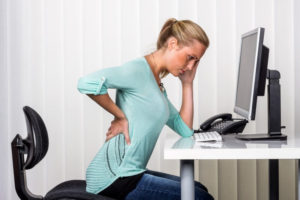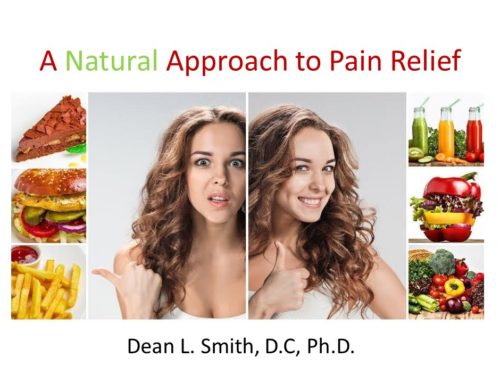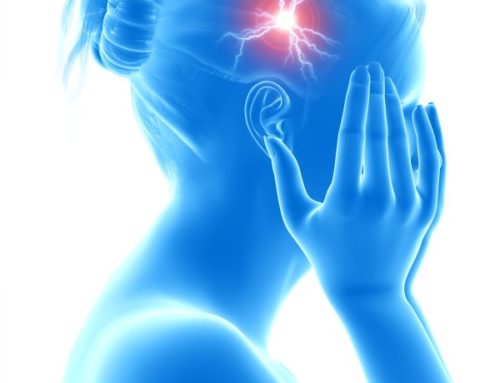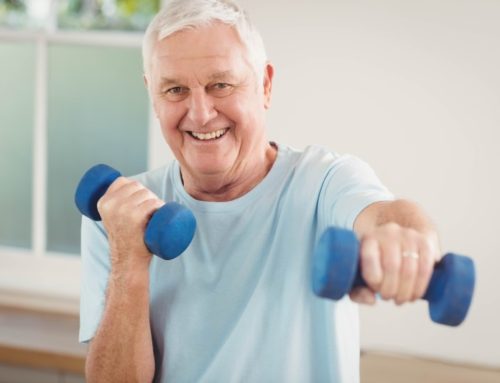 Would it surprise you to know that physical inactivity is an actual contributing cause to at least 35 unhealthy conditions, including the majority of the 10 leading causes of death in the U.S.? Well, it is true.
Would it surprise you to know that physical inactivity is an actual contributing cause to at least 35 unhealthy conditions, including the majority of the 10 leading causes of death in the U.S.? Well, it is true.
Importantly, physical inactivity, itself, often plays an independent role as a direct cause of speeding the losses of cardiovascular and strength fitness, shortening of healthspan, and lowering of the age for the onset of the first chronic disease. This in turn decreases quality of life, increases health care costs, and accelerates risk of death.
A recent review article on the Role of Inactivity in Chronic Diseases: Evolutionary Insight and Pathophysiological Mechanisms describes the latest scientific facts regarding physical inactivity and health. Below are some of the key points from this article.
Key points regarding physical (in)activity:
*Physical inactivity has been known to impact health for thousands of years
*Physical inactivity has increased in the last century
*Physical inactivity is now pandemic (86% of adults do not meet US guidelines for physical activity)
*Annual costs of physical inactivity in the U.S. are estimated between $131 and $333 billion and are increasing
*Physical inactivity is an actual cause of over 35 chronic diseases/conditions
*Evidence supports the notion that physical inactivity is an actual cause of both shorter healthspan and early death
*Childhood activity levels set the stage for adult health
*It is well established that participation in physical activity can enhance nervous system functions, such as cognition and memory, as well as alleviate psychological conditions such as depression and anxiety
*Acute changes in physical inactivity induce robust and rapid changes in metabolism (e.g., inactivity generally must be present for insulin resistance to occur)
Reference: Booth FW, Roberts CK, Thyfault JP, Ruegsegger GN, Toedebusch RG. Role of Inactivity in Chronic Diseases: Evolutionary Insight and Pathophysiological
Mechanisms. Physiol Rev. 2017 Oct 1;97(4):1351-1402.



